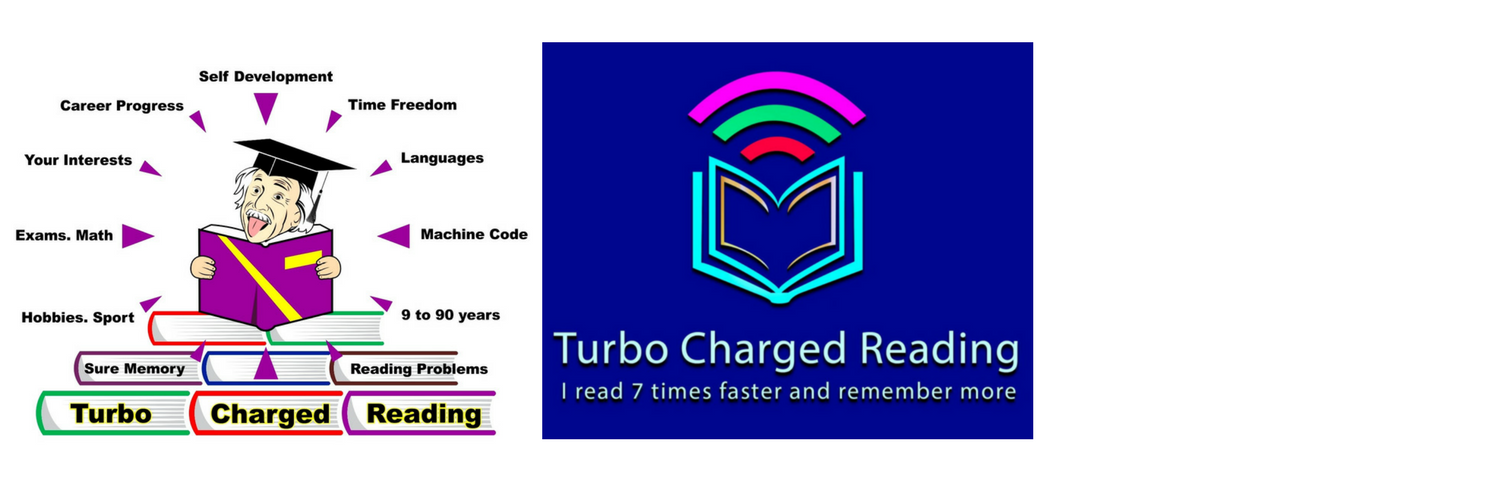Frosted rose.
If You Have These 6
Struggles, You're Highly Intelligent
Ana Erkic
Most people regard highly intelligent people as super
humans who have it all figured out
simply because their brains can help them in any life
situation and they don’t have to struggle
with the problems of the ordinary people. Yet, the
reality is quite different,
as no matter how intelligent someone may be, they are, at
the end of the day, just human.
They struggle with issues somewhat different than those
of the rest of the world,
but still challenging and difficult. If you are a highly
intelligent person,
these struggles and the lack of understanding from peers
can leave you feeling lonely.
Maybe your friends and family don’t seem to be mindful of
your feelings. In order to help
you feel acknowledged and understood, here are some of
your most common struggles.
1. Small talk
exhausts you
It can be quite a challenge for you to be involved in
small talk about ordinary things.
This is because your brain is overwhelmed with great
ideas. Topics that interest you likely include science, art, philosophy, and
those are rarely found in small talk. This makes you feel like you are wasting
your time trapped in a suffocating, never-ending list of socially acceptable
set phrases. All you really want is a like-minded individual to bounce ideas
around with about the important stuff.
2. You think more
than you speak
As your brain is wired to look for all possible solutions
and answers to a problem, it may take you more time than a person of
average intelligence to give your opinion or draw a conclusion. Moreover, if
you are not completely sure you’ve got the right answer or a brilliant idea,
you won’t speak at all. Your struggle lies in the fact
that most people around you are not familiar with the way your thought process
works, and they get confused or regard you as weird, introverted, or
uninterested.
3. Your job can
easily bore you
The need for your brain to be constantly challenged with
new, greater ideas and projects can turn your once exciting job into ordinary
and boring as you exhaust all ways to be creative with it.
This can turn into a day-to-day struggle to finish your
tasks. Additionally, in most cases,
your boss isn’t so sympathetic to your longings and just
wants the job done.
4. You sometimes
have action paralysis
It is hard to be a thinker in a world full of go-getters
that appreciate action more than great ideas.
As you are too consumed with different ideas, you may at
times be missing the action impulse. Unfortunately, people tend to mistake this
trait as laziness which leaves you
feeling underappreciated.
5. You are
considered socially awkward
As if those aren’t enough, your next struggle comes as a
result of all the previous ones.
If you are feeling uncomfortable during small talk,
refrain from speaking if not sure, don’t get inspired by old and exhausted
ideas, or if you feel more comfortable with ideas than execution, people tend
to characterize you as socially awkward. Little do they know, this only puts
more pressure on you making you feel more self-conscious
about your social conduct.
6. It is hard for
you to fall in love
Finally, your quest for love is slightly more
demanding than that of average people.
Since you are much more cautious, analytical and
independent than the rest, you tend to get mistaken for cold and high maintenance.
Additionally, you can lack spontaneity at times,
which makes your love interest, lose interest.
However difficult your daily struggles may seem, you
don’t need to let them immobilize you
from growing. You can work on expressing yourself more to
others so that they can get a better understanding of your needs. You will find
some common ground.
http://www.lifehack.org/514508/if-you-have-these-6-struggles-youre-highly-intelligent?ref=in_content_bottom
Turbo Charged Reading: Read more>>>Read fast>>>Remember all>>>Years later
You can TCR music, poetry or self development material for internal knowing.
I can Turbo Charge Read a novel 6-7 times faster and remember what I’ve read.
I can TCR an instructional/academic book around 20 times faster and remember what I’ve read.
Advanced Reading Skills Perhaps you’d like to join my FaceBook group ?
Perhaps you’d like to check out my sister blogs:
All aspects of regular, each-word reading and education.
Turbo Charged Reading uses these skills significantly faster
www.ourbusinessminds.blogspot.com development, growth, management. www.mreenhunthappyartaccidents.blogspot.com just for fun.
To quote the Dr Seuss himself, “The more that you read, the more things you will know.
The more that you learn; the more places you'll go.”










